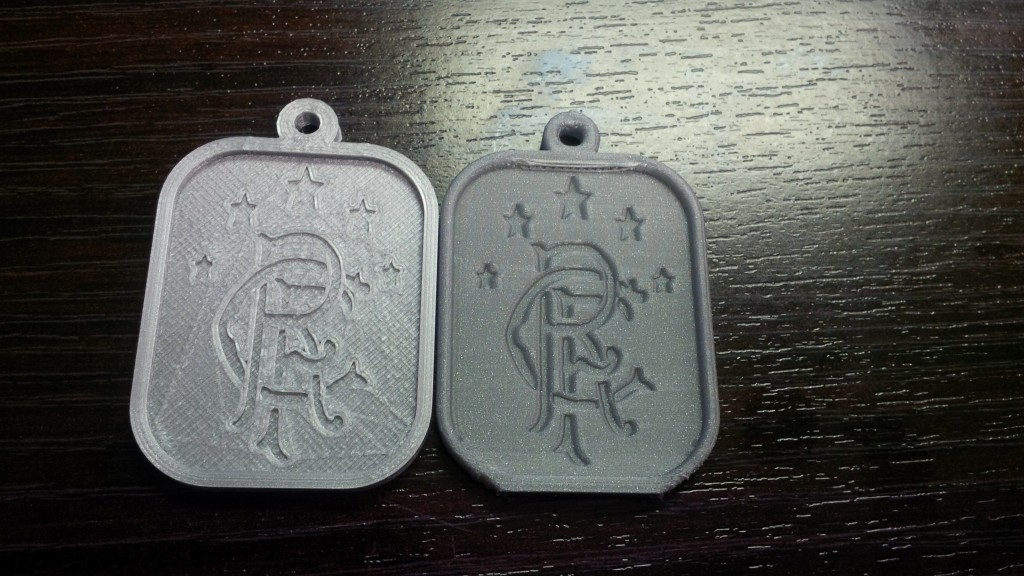I can't seem to find the article now. But there was one guy who printed a 1 layer thick box as a top surface over everything. This obviously filled in the holes, but gave a nice enough consistent top finish with a bit of exacto work required to cleanup. (not sure if it's practical since you're mass producing these things)
I know you'll wanna hit me for suggesting it, but vertical print? ![]()

Hear me out! So you can print like 4 of these on a buildplate at a time right? vertically, you could run 10 or more stacked per printer. Optimize for ~16 hr runs overnight and you may get around the same number of prints per day with better quality.
In some cases, (the image included) the print times are not dramatically different from vertical to flat.
Want me to take a look at the STL?
Edited by Guest





.thumb.jpeg.0b7a05eafc09add17b8338efde5852e9.jpeg)

Recommended Posts
Labern 774
If using z hop then it doesn't really matter if you have combing on or off. But you would want to set the height of the Z hop higher then the length of the amount of ooze.
In saying this z hop can add it's own flaws. But this is down to what you deem acceptable.
But you could use retract while combing plugin.
Link to post
Share on other sites